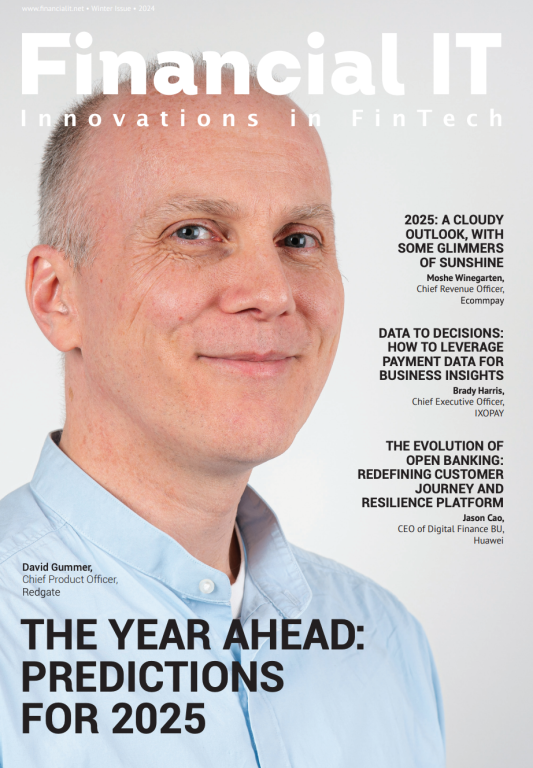Putting the customer at the centre of the onboarding process

- Tommy Petrogiannis, President at eSignLive by VASCO
- 18.09.2017 01:15 pm onboarding process
First impressions are always crucial and when it comes to the financial services sector – its impact is perhaps more significant than most other sectors. This has historically come as a result of the sheer choice of service providers in financial services and the relatively low cost of switching between them. That’s why a great first impression from a financial services provider is crucial to helping ensure a long-term relationship, which can then be sustained by ensuring a positive experience at every customer touch-point.
While many financial institutions are aware of this reality, their customer experiences still fall short. In a recent study by Forrester Research on the quality of client experience, investment firms and banks were ranked sixth and seventh respectively out of eight major industries, with the lowest ranking industry being the credit card industry.
A bad customer experience is too costly
With the market becoming increasingly crowded and competitive, financial institutions and banks can’t afford to fall down on customer experience. Whether it’s opening a new account, or applying for a loan or retail credit, financial institutions and banks have to be confident that customers will not be let down. The goal for financial institutions is to be able to provide the customer with a smooth, consistent experience, at every touch point.
Successfully achieving the holy grail of customer experience will only be possible when organisations cease prioritising paper over convenience. Many regulatory processes for financial services, for example rules around the presentation of mortgage disclosures, have given leeway to organisations to continue mailing out large amounts of paperwork for signing. If a customer accidentally misses a signature, the paperwork has to be mailed back to the customer again, so it’s easy to see how this drawn out process could lead to unhappy customers. The good news is there’s a better way.
Adoption improves with a digital workflow
Digitising the workflow is about process improvement and enabling anytime, anywhere transactions or any device, all of which make it more desirable for customers to do business with a financial services organisation. Electronic signature technology is a great starting point for going digital as the technology can be used with workflow rules to capture intent, consent, and a signature in every channel, and so is a great way of ensuring a consistent, omnichannel experience, especially for typically paper-intensive processes like customer onboarding.
E-signatures can help improve any process by shortening, speeding up or simply making it easier for customers to complete, and the result often extends to include high customer adoption of the technology. For example, within two weeks of adopting e-signatures for customer account openings or managing accounts, U.S. Bank had a 90% customer adoption rate for e-signatures over paper.
Introducing e-signatures into the onboarding process allows banks to be able to confidently say that they can give customers the opportunity to collect, complete and return documentation from any device, and via any channel. As people become increasingly more comfortable with all things digital, any institution that still relies on paper will alienate the user base. A KPMG report highlighted that 90% of all millennials use mobile banking, and as a result expect all engagement with their banks to be conducted online, and on mobile.
Digital customer onboarding leads to digital transformation
Digitising the onboarding process will not only increase customer satisfaction, but it also provides significant benefits that save both costs and time. These include paper handling and production costs, time savings, and reducing the cost from errors and non-compliance.
Customer onboarding has become a real focus for financial services organisations in the UK that are undergoing a digital transformation program. UK institutions don’t want to lag behind other global institutions, and so they need to achieve an enhanced customer experience, and the ability to reconnect with any customers who left and turned to the competition.
As banks and financial institutions compete with each other for the same customers, organisations need to be careful not to fall at the first hurdle. Those that will succeed at both attracting, and retaining customers long-term, will be those that can offer fast, cost-effective, efficient processes that put the customer first.





















